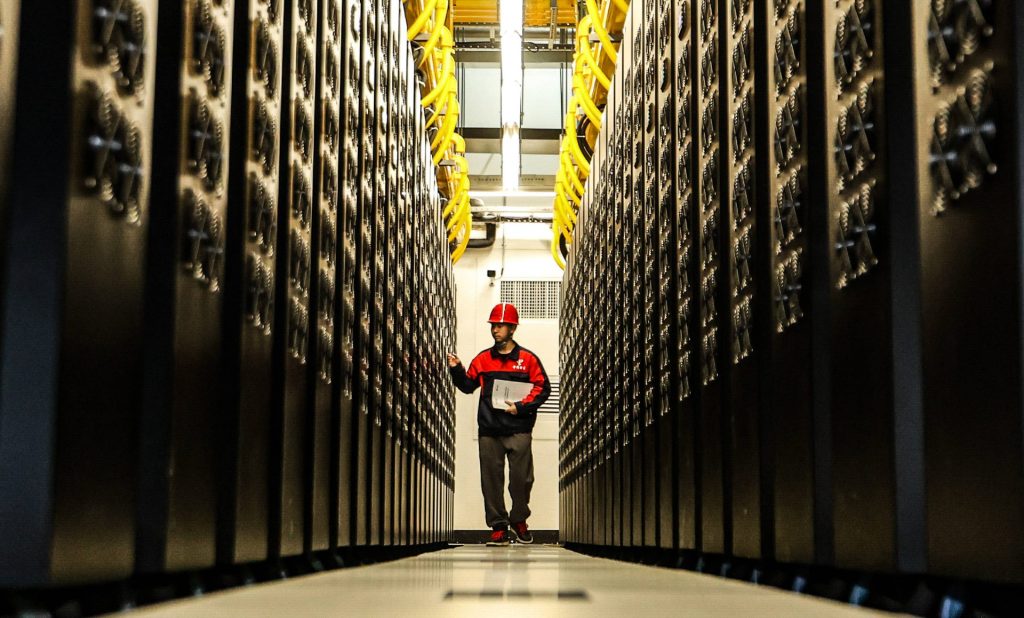Industrial Policy: DeepSeek Highlights the Challenges of Centralized Technology Planning

Understanding Industrial Policy and Centralized Technology Planning
What is Industrial Policy?
Industrial policy refers to the strategic efforts undertaken by governments to encourage the growth and development of specific sectors within the economy. These policies often include various measures such as tax incentives, subsidies, and regulatory changes designed to enhance the competitive edge of certain industries. The goal is typically to foster innovation, create jobs, and improve the overall economic health of the nation.
The Role of Technology in Industrial Policy
In today’s increasingly digitized economy, technology plays a crucial role in shaping industrial policy. Technological advancements can drive productivity, open new markets, and facilitate the entry of small and medium-sized enterprises (SMEs) into competitive industries. As governments recognize the importance of technology, the focus may shift toward centralized planning, which can sometimes lead to pitfalls.
Centralized Technology Planning: Benefits and Limitations
Benefits of Centralized Planning
- Resource Allocation: Centralized technology planning can enhance resource allocation by focusing efforts and investments on industries deemed critical for national growth.
- Streamlined Decision-Making: A centralized approach can streamline decision-making processes, allowing for quick responses to changing market conditions.
- Long-Term Strategic Vision: Authorities can develop a comprehensive strategy that aligns with national priorities, ensuring long-term growth and sustainability.
Limitations of Centralized Planning
Despite its benefits, centralized technology planning has significant limitations:
- Inflexibility: Centralized systems may struggle to adapt quickly to technological changes and market fluctuations, resulting in lost opportunities.
- Innovation Stifling: Over-reliance on central authorities can limit grassroots innovation. Local startups and entrepreneurs may find it challenging to compete in a system dominated by large-scale, state-supported enterprises.
- Lack of Local Insights: Centralized entities may not possess the nuanced understanding of local markets and customer needs, leading to potentially misguided policies.
DeepSeek’s Insights on Centralized Planning
According to recent analyses, including insights from DeepSeek, there is a growing awareness of the limitations that centralized technology planning can impose on industrial policy. Such critiques highlight a need for more decentralized approaches that empower local actors and foster innovation.
The Case for Decentralization
The argument for decentralization is rooted in the idea that local knowledge and diversity can drive economic growth. Some key points in favor of decentralization include:
- Enhanced Innovation: By allowing local firms and entrepreneurs to play a more significant role in technology development, a wider range of innovative solutions can emerge.
- Responsive Policies: Local governments can tailor policies to better suit their unique economic contexts, addressing specific challenges faced by communities.
- Competition Drives Improvement: A decentralized system encourages competition among businesses, leading to better products, services, and efficiencies.
Successful Examples of Decentralized Technology Systems
Several countries and regions have successfully implemented decentralized technology policies:
- Silicon Valley, USA: This region is renowned for its robust tech ecosystem, which thrives on the collaboration between startups, established tech giants, and universities. The lack of central control allows for rapid innovation and entrepreneurial growth.
- Estonia’s E-Governance: Estonia effectively utilizes decentralized governance in its digital society. Its innovative e-governance system allows citizens to interact with governmental services through a digital platform without relying solely on centralized institutions.
Conclusion
In the context of industrial policy, a balanced approach that blends centralized planning and decentralization may prove most effective. By understanding the strengths and weaknesses of each system, policymakers can create innovative environments that benefit local industries while supporting national objectives. This nuanced strategy could pave the way for a more adaptable and dynamic industrial landscape, fostering growth and innovation across diverse sectors.






